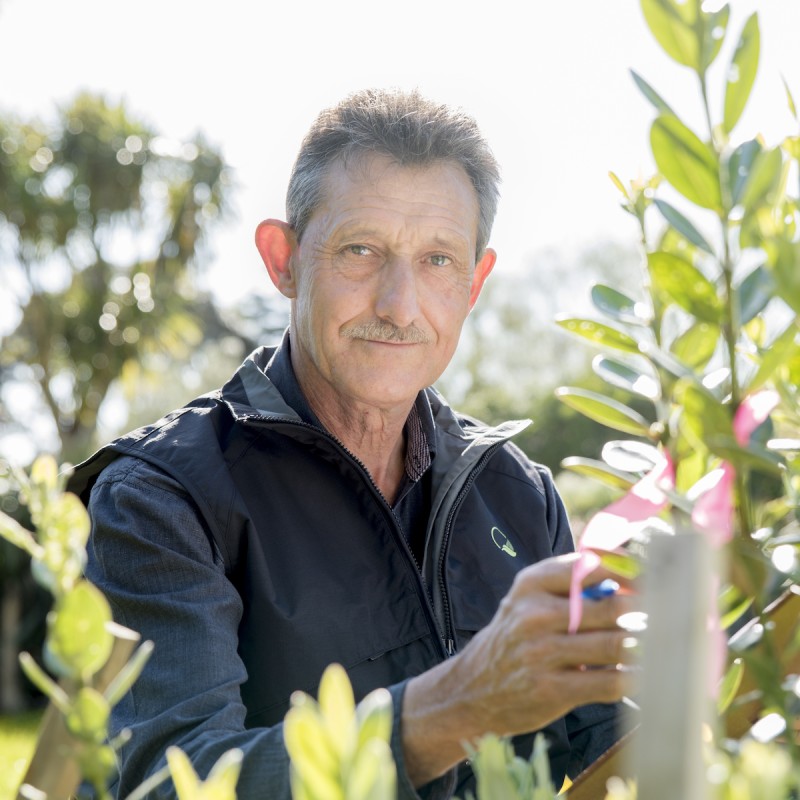How climate affects myrtle rust
“New Zealand’s climate is quite different from other areas where myrtle rust occurs and understanding how the disease would react to local conditions was crucial for planning a response strategy for our New Zealand species.”
In March 2017, myrtle rust disease was discovered in New Zealand. It’s most likely path of arrival was from Australia, where the disease has taken several species to the brink of extinction and negatively impacted ecosystems. Prior to that, the disease swept through Hawaii via the USA from Brazil where it decimated guava and eucalyptus plantations.
Given the impact of the disease overseas, New Zealand authorities rapidly embarked on an eradication programme. This wind-borne disease attacks members of the Myrtaceae/myrtle family and New Zealand has 27 native species (including pōhutakawa and mānuka) and 100 exotic species (including feijoa).
New Zealand’s climate is quite different from other areas where myrtle rust occurs and understanding how the disease would react to local conditions was crucial for planning a response strategy for our New Zealand species.
Dr Robert Beresford, Plant & Food Research Scientist, has developed numerous disease forecasting models and quickly set about creating a climatic risk model (with funding from the Ministry for Primary Industries) to help analyse patterns of myrtle rust infection and predict the spread of the disease.
A selection of Myrtle Rust resources
